
Preserving biodiversity in urban regeneration and construction projects
15 minutes of reading
Around 28% of the world’s animal and plant species are now under threat of extinction . This includes one in four mammal species, one in seven birds and more than one in three amphibians, as well as a third of conifer species. Scientists are warning of an ongoing collapse of biodiversity, with some even talking about a “sixth mass extinction”.
The principal causes are the destruction and fragmentation of the habitats of these species, the overexploitation of ecosystems, the development of invasive species, climate change and pollution and eutrophication (the introduction of nitrogen, phosphorus and other excess nutrients into the environment).
Many of these factors are caused by human activities, which have such a strong and rapid influence that the biosphere is unable to adapt to them. What action can we take to halt the trend and prevent ourselves from crossing critical thresholds? Pierre Lopez, Sustainable Construction Project Manager at Bouygues Bâtiment Nord-Est, gives us his point of view on the construction sector.
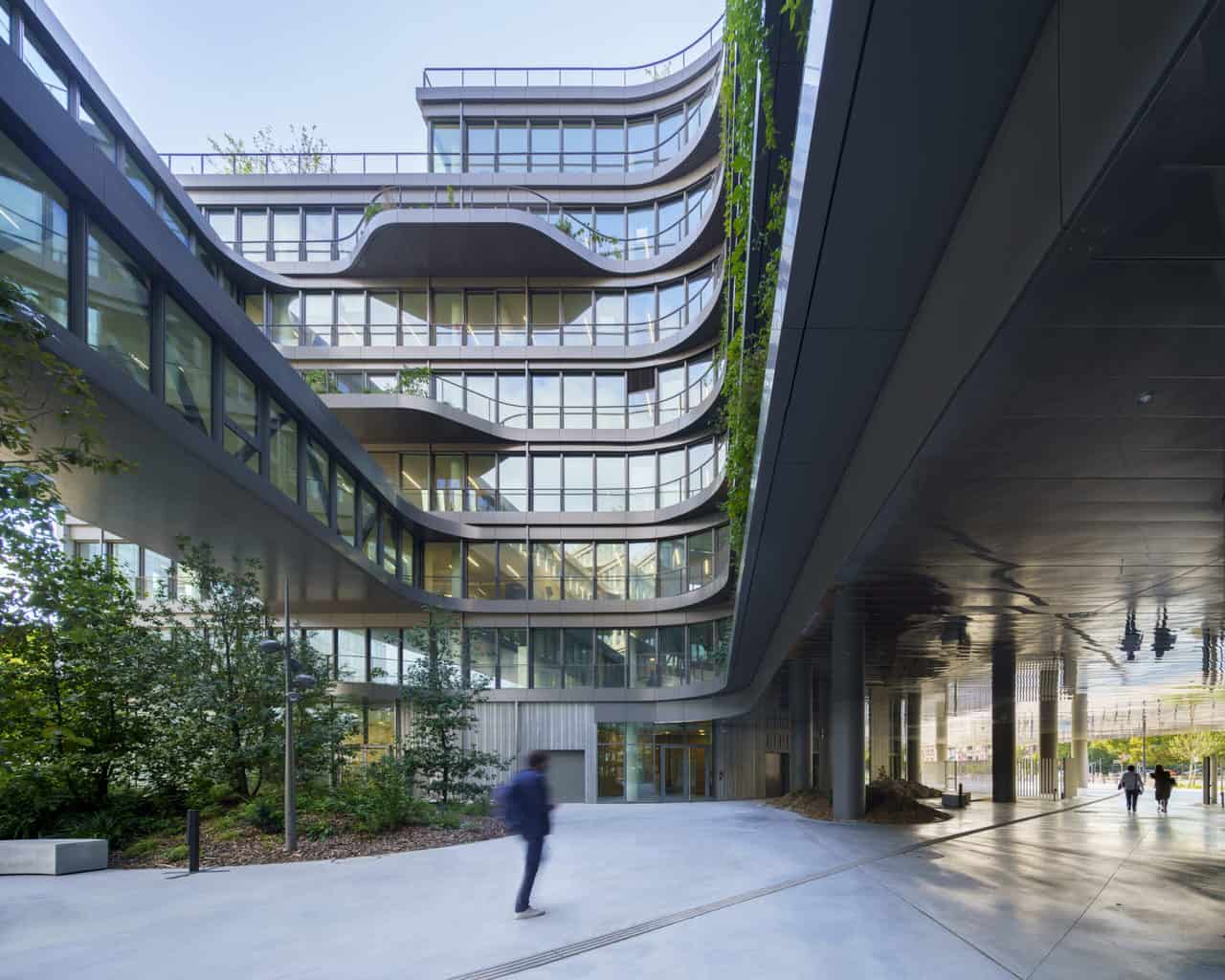

What is at stake in the preservation of biodiversity from the point of view of human life?
Pierre Lopez: Humans are fundamentally dependent on the ecosystem services provided by biodiversity for basic needs such as eating, healthcare and recycling organic waste. More than 70% of crops, or 35% of what we consume, depend on animal pollination, particularly insects. Without bees, how will our flowers be pollinated, an essential step in the production of cereals, fruit and vegetables? Pharmaceuticals depend on biodiversity. The majority of our medicines come from molecules derived from plants or animals. Aspirin, for example, is inspired by a molecule in willow bark. Overall, biodiversity provides almost twice the value of what humans produce each year in goods and services. It is an essential condition for our well-being.Understanding the true value of biodiversity can drive us to take action and reverse the course of events. How can we act when it comes to urban development, real estate or construction projects?
At the level of Bouygues Bâtiment Nord-Est, we have opted to adopt a “quantitative” approach: taking into account the challenges of biodiversity in each project, of course, but more importantly, committing to taking action in favour of biodiversity for each project. This allows us to raise awareness of the vital importance for humanity of preserving biodiversity, in the same way as the fight against climate change. It is also a way of raising awareness and training the employees who work on these projects.To help your teams, you have identified several types of essential actions, taking into account the positive impact on biodiversity, regulatory issues and expertise…
P.L.: Taking these criteria into account, we would like to explore three areas in greater depth: biodiversity in buildings, limiting the artificialisation of land and protecting endangered species. At the level of buildings, biodiversity can be promoted by green roofs and facades, but also by the construction of habitats. Every little action can help If it’s been well thought out. On the project for a BREEAM-certified office building, we worked with an ecologist and made biodiversity commitments, one of which concerned the habitat of birds, particularly black swifts. The construction team focused on this issue and found a simple and pragmatic solution to the shortage of nesting boxes. A recess in the concrete wall, on which an aluminium sheet was fixed and drilled with holes of varying diameters, has been used to replace the commercial nesting boxes. This was a simple solution to integrate into the architectural project, and was very satisfying for the teams. Turning to urban projects, the aim is to maintain as much permeability as possible by preserving areas of open land or by integrating porous surfaces, for example. This is sometimes done by going further than the Biotope Area Factor (BAF) stipulated by the Local Urban Plan, which determines the proportion of surfaces conducive to biodiversity in relation to the total surface area of a plot of land. The installation of phyto-purification units, which allow for wastewater and rainwater to be treated through the action of plants, is also a potential solution. It must be accompanied by awareness-raising actions, however, and made compatible with the well-being of future users. As far as endangered species are concerned, an ecologist should ideally be brought in at a very early stage to carry out an analysis of the fauna and flora. In addition to this, we have a training campaign on this topic for our employees, and we share good practices in the profession.In parallel with these actions, Bouygues Bâtiment Nord-Est is experimenting with innovative approaches and major projects. Could you tell us about the Biotope?
P.L.: It is a BiodiverCity-labelled building which is the headquarters of the European Metropolis of Lille. It incorporates more than 3,000 m² of green terraces. In total, 150 trees, 600 shrubs and 15,000 perennials have been planted. Over and above the impressive amount of green space on the roof, the Innovation also lies in the process followed. Ecologists, nursery growers and landscapers worked together to identify the species best suited to this very unusual context. Their thinking also took into account the well-being of users by focusing on perception of these green spaces by all the senses: the rustle of leaves, the colours of flowers, the scent of herbs, and edible species of fruit. This type of project allows us to move forward with these topics… and then to apply them at other levels. As part of the Quai 22 project in Saint-André-lez-Lille, an urban project to convert a disused industrial site, some of the residential buildings will be equipped with green roofs resulting from the extraordinary experience of the Biotope. For more information: Biotope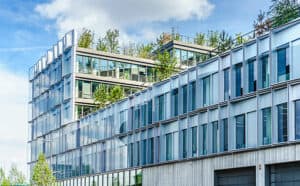
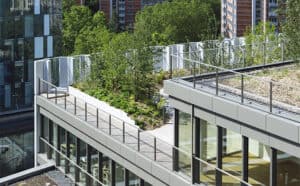
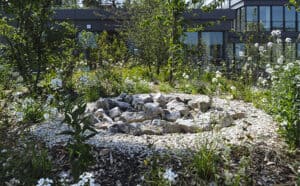
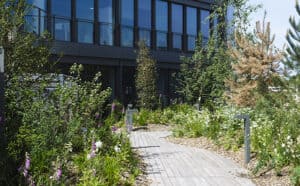 [1] IUCN (International Union for Conservation of Nature) Red List, 2021
[1] IUCN (International Union for Conservation of Nature) Red List, 2021 More reading
Read also




What lies ahead? 7 megatrends and their influence on construction, real estate and urban development
Article
20 minutes of reading

